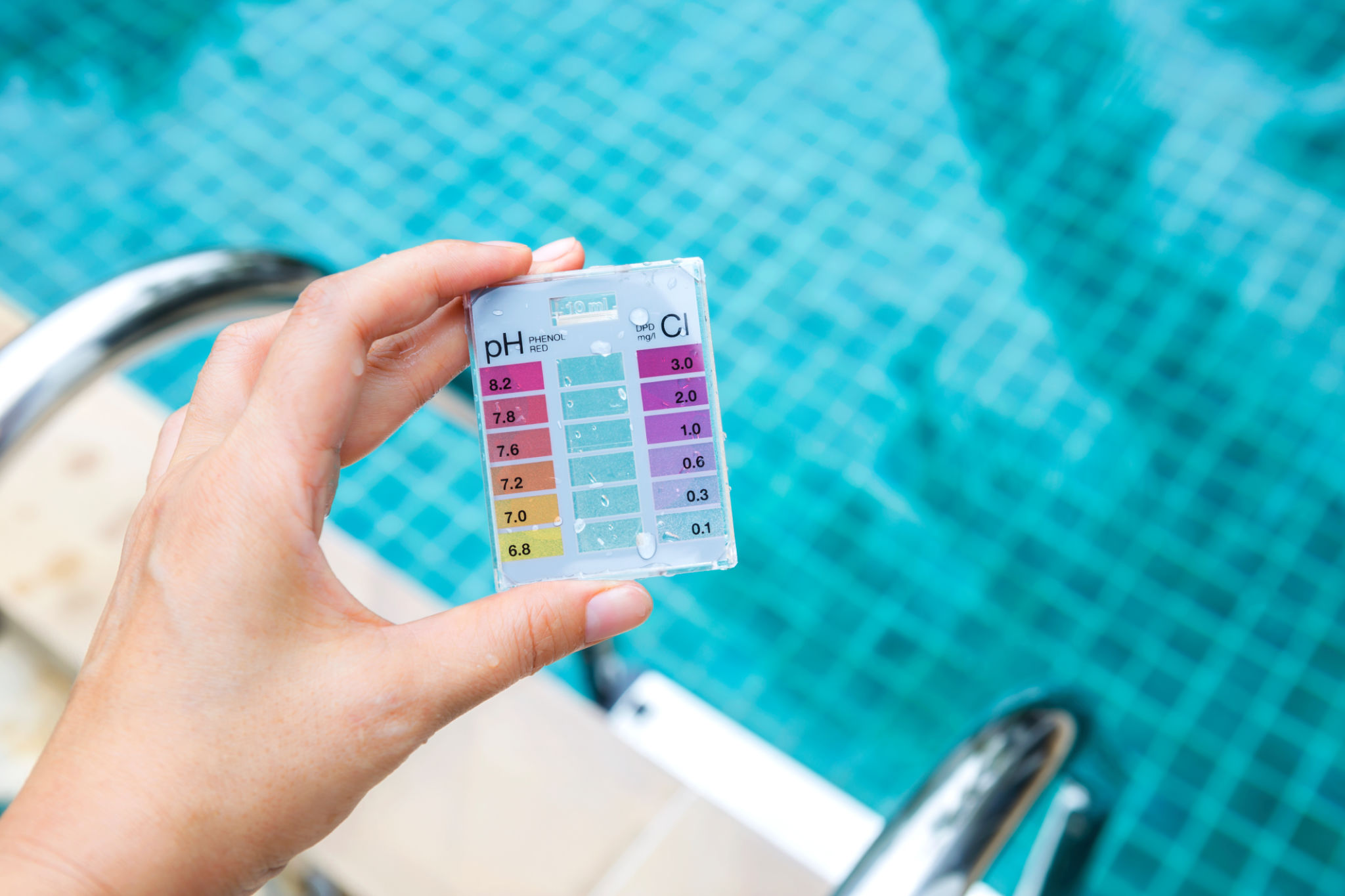DIY Pool Cleaning: Tips and Tricks from the Pros
TS
Understanding Pool Cleaning Basics
Maintaining a pristine pool is a rewarding task that ensures your swimming environment is safe and enjoyable. The first step in DIY pool cleaning is understanding the basic components of your pool system. This includes the pump, filter, and skimmer. Each plays a crucial role in keeping your pool clean and functional.
Regular cleaning involves removing debris like leaves and insects, maintaining chemical balance, and ensuring water clarity. By familiarizing yourself with these basics, you can prevent common issues such as algae growth and cloudy water.

Essential Tools for Pool Cleaning
Having the right tools is key to effective DIY pool cleaning. Some essential tools include a telescopic pole, skimmer net, pool brush, and vacuum head. These tools help you reach all areas of your pool and ensure thorough cleaning.
In addition to these physical tools, a reliable water testing kit is crucial. This kit helps you monitor the pH levels, chlorine content, and overall chemical balance of your pool water, ensuring it remains safe for swimming.
Step-by-Step Cleaning Process
The cleaning process begins with skimming the surface of your pool to remove floating debris. Follow up by brushing the walls and floor to loosen dirt and algae. This is where a good pool brush comes in handy.

After brushing, it's time to vacuum the pool. Whether you use a manual vacuum or an automatic cleaner, this step ensures that any settled debris is removed from the bottom of the pool.
Maintaining Chemical Balance
Maintaining the correct chemical balance in your pool is essential for preventing bacteria and algae growth. Regularly test your water to ensure pH levels are between 7.2 and 7.8, and adjust as necessary using appropriate chemicals.
Chlorine is another crucial element in maintaining water health. Ensure chlorine levels are maintained between 1 and 3 parts per million (ppm). This helps keep your pool water clear and free from harmful microorganisms.

Troubleshooting Common Problems
Even with regular maintenance, pools can develop issues such as cloudy water or algae blooms. For cloudy water, check your filter system and ensure it's operating efficiently. Backwashing or cleaning the filter might resolve this issue.
If algae appear, shock your pool with a high dose of chlorine or use an algaecide. Regular brushing and vacuuming will also help prevent algae from taking hold.
Maintaining Your Pool Equipment
Your pool equipment requires regular maintenance to function efficiently. Ensure your pump operates without unusual noises, indicating potential issues. Clean the filter regularly to maintain good water circulation.
Check for any leaks in the plumbing system. Addressing these promptly can prevent larger issues down the line, ensuring your pool remains a refreshing retreat all season long.